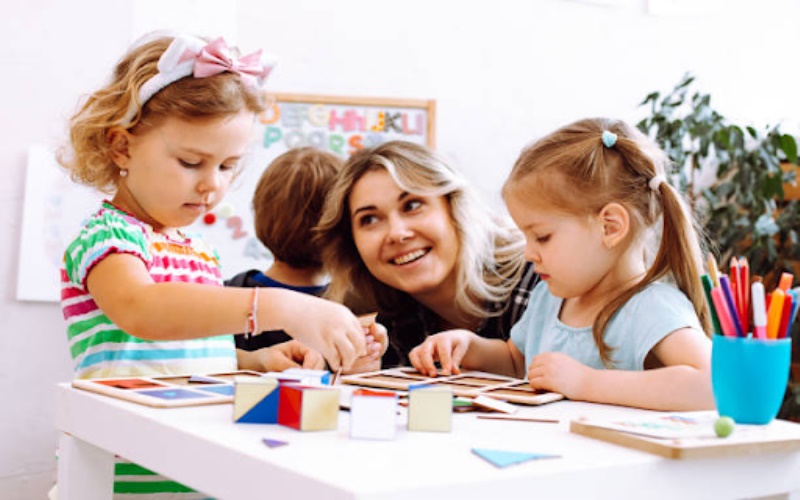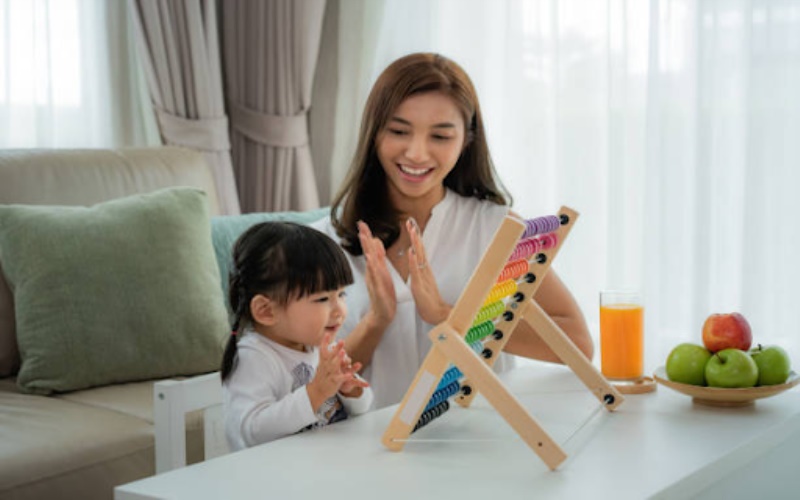Introduction
In the realm of early childhood education, the Reggio Emilia approach has emerged as a beacon of innovation and child-centered learning. Originating in the town of Reggio Emilia in Northern Italy, this pedagogical philosophy has gained global recognition for its emphasis on creativity, collaboration, and the profound belief that every child is a capable learner. In this exploration, we delve into the distinctive features and transformative impact of the Reggio Emilia approach in nursery settings, where the seeds of curiosity and lifelong learning are sown.
Child as the Protagonist
At the heart of the Reggio Emilia approach lies a fundamental shift in perspective – viewing the child as the protagonist of their learning journey. Unlike traditional models, where educators act as knowledge transmitters, the Reggio Emilia approach nursery positions children as active participants in constructing their knowledge. This fosters a sense of autonomy, curiosity, and a love for exploration from the earliest stages of education.
The Environment as the Third Teacher
Reggio-inspired nurseries recognize the environment as a powerful educator in itself. Classrooms are thoughtfully designed to encourage collaboration, communication, and exploration. Natural light, open spaces, and the integration of elements from the surrounding community contribute to creating an inviting and inspiring atmosphere that stimulates a child’s innate sense of wonder.
Project-Based Learning
In the Reggio Emilia approach, learning is not compartmentalized into subjects but rather emerges organically through project-based exploration. Teachers observe the interests of the children, facilitating in-depth investigations that can span days or even weeks. These projects are not predetermined but evolve based on the children’s questions, ideas, and experiences, providing a rich and meaningful context for learning.
Documentation as a Reflective Tool
Documentation is a cornerstone of the Reggio Emilia approach, serving as a means to make learning visible and fostering reflection. Teachers meticulously record children’s thoughts, actions, and the progression of projects through photographs, written notes, and displays. This documentation not only captures the learning process but also enables educators, parents, and even the children themselves to revisit and reflect on their experiences.

Collaboration and Communication
Reggio-inspired nurseries emphasize the importance of collaboration and communication as essential life skills. Children engage in group activities, discussions, and collaborative projects, fostering social skills, empathy, and the ability to express ideas. The approach recognizes the social aspect of learning and views relationships as integral to the development of a child’s identity and understanding of the world.
Art as a Language of Expression
Art is not confined to a separate subject in the Reggio Emilia approach but is considered a vital language of expression for children. Various art mediums, including drawing, painting, sculpture, and dramatic play, are integrated into everyday learning experiences. This emphasis on the arts not only enhances creativity but also serves as a powerful tool for children to communicate their thoughts and emotions.
Inclusive and Flexible Curriculum
The Reggio Emilia approach is inherently flexible, allowing for a responsive and adaptive curriculum that meets the evolving needs and interests of the children. Educators act as co-learners, adjusting their plans based on the cues and feedback from the children. This flexibility ensures that the curriculum remains dynamic and relevant, promoting an individualized and inclusive learning experience.
Parental Involvement and Collaboration
In Reggio-inspired nurseries, parents are viewed as essential partners in the educational journey of their children. Open lines of communication, regular parent-teacher meetings, and collaborative projects involving parents create a strong sense of community. This collaborative approach extends the learning environment beyond the classroom, enriching the child’s experiences with continuity between home and school.
Conclusion
The Reggio Emilia approach in nursery settings represents a paradigm shift in early childhood education, placing the child at the center of a dynamic, collaborative, and holistic learning experience. By embracing the principles of curiosity, creativity, and community, Reggio-inspired nurseries cultivate a foundation for a lifelong love of learning. The approach not only prepares children academically but also nurtures their social and emotional intelligence, empowering them to navigate the complexities of the world with confidence, curiosity, and a deep sense of self. As these innovative nurseries continue to gain recognition globally, the Reggio Emilia approach stands as a testament to the transformative power of valuing the unique capabilities and potential of every child.


